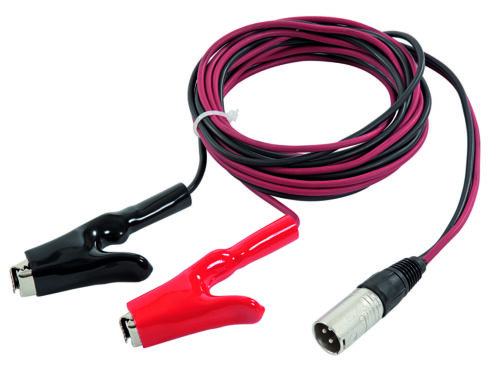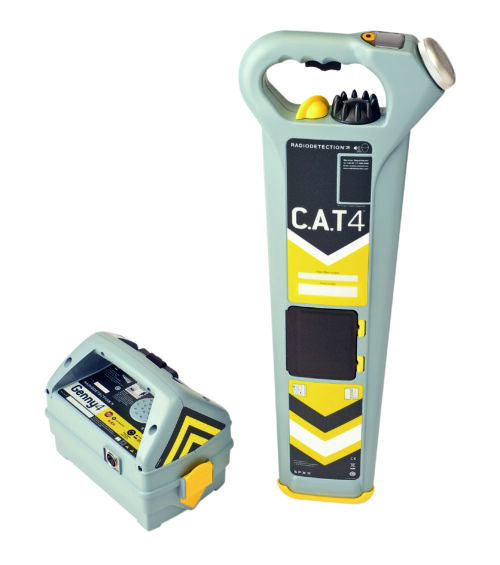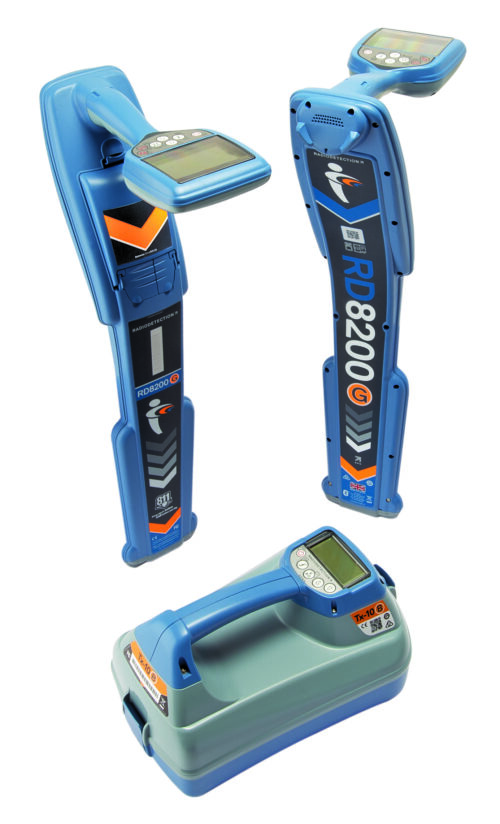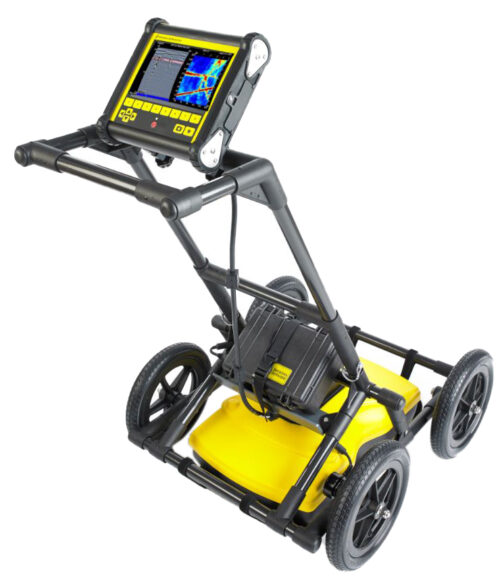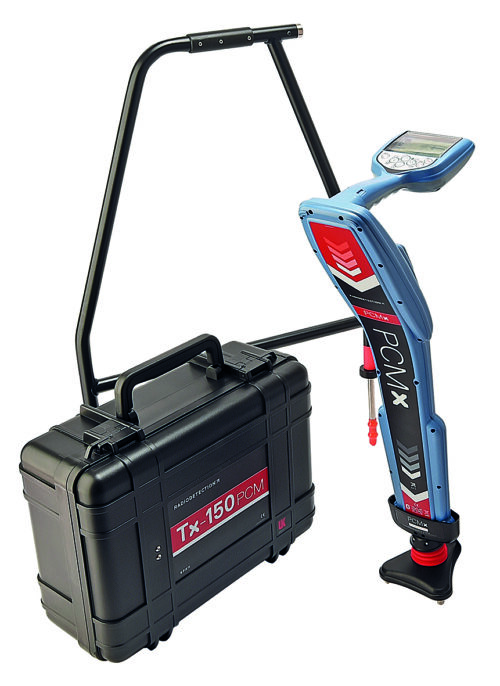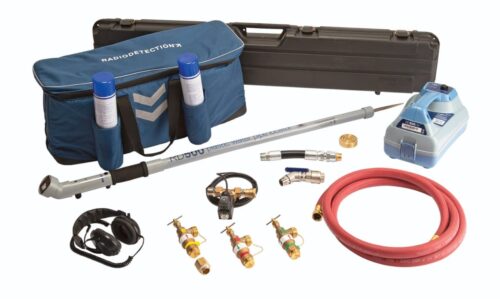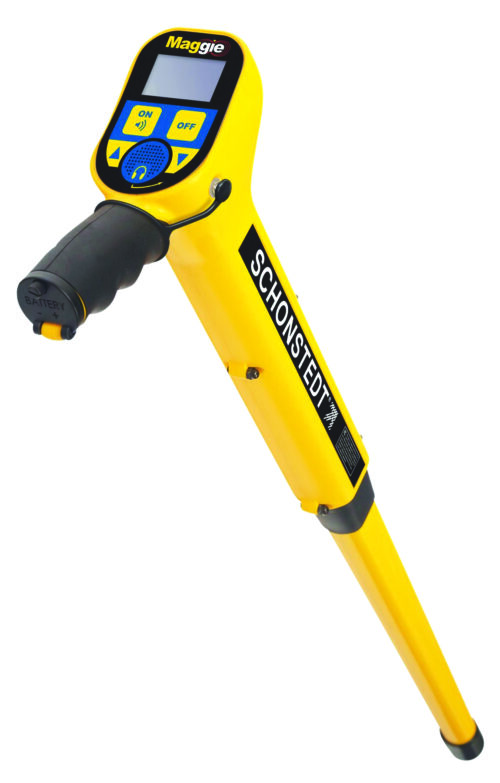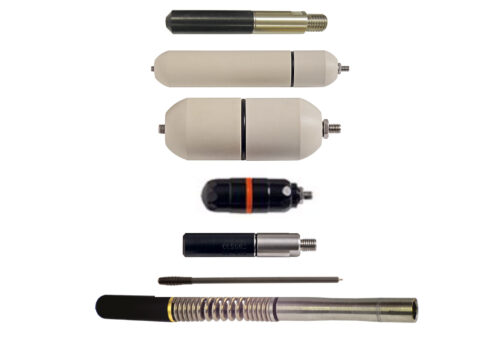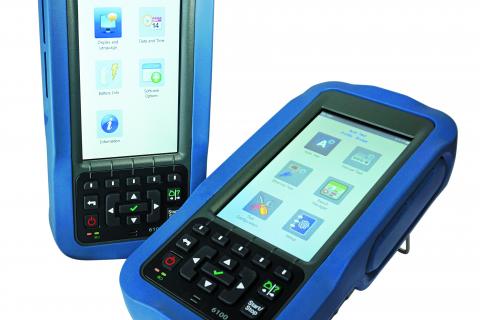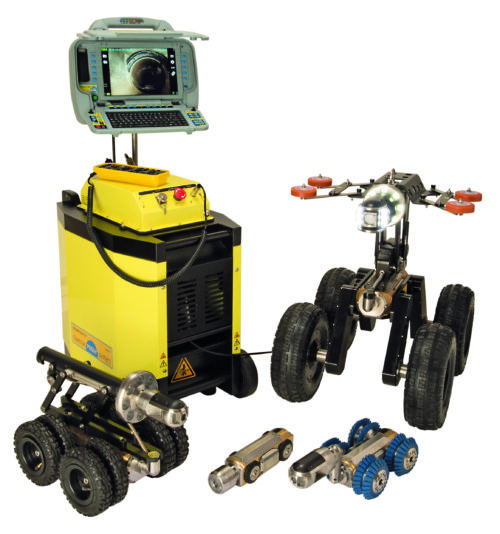Radiodetection
Radiodetection is a technology used for locating and tracing underground utilities and buried objects. It’s a vital tool in construction, utility maintenance, and civil engineering projects where accurate mapping of underground infrastructure is crucial. Here’s an overview of radiodetection:
- Principle of Operation:
- Radiodetection works by detecting electromagnetic signals emitted by underground utilities or buried objects.
- Typically, a transmitter sends a signal through a conductive utility line, such as a metal pipe or cable.
- A receiver is then used to detect the electromagnetic field generated by the signal, allowing the operator to locate and trace the path of the utility line.
- Components:
- Transmitter: The transmitter generates the electromagnetic signal that is sent through the utility line. It typically connects to the utility line via a direct connection or a clamp.
- Receiver: The receiver detects the electromagnetic field emitted by the transmitter’s signal. It allows the operator to pinpoint the location and depth of the utility line.
- Accessories: Various accessories such as probes, antennas, and signal clamps may be used to enhance the effectiveness of radiodetection equipment.
- Applications:
- Utility Location: Radiodetection is commonly used to locate underground utilities such as water pipes, gas lines, electrical cables, and telecommunication cables before excavation or construction activities.
- Damage Prevention: By accurately mapping the location of buried utilities, radiodetection helps prevent accidental damage during excavation, reducing the risk of service disruptions, injuries, and costly repairs.
- Surveying and Mapping: Radiodetection can be used to create accurate maps and records of underground infrastructure, aiding in urban planning, asset management, and infrastructure maintenance.
- Environmental Monitoring: Radiodetection is also used in environmental applications, such as locating buried storage tanks, monitoring groundwater contamination, and assessing subsurface geology.
- Types of Radiodetection Equipment:
- There are various types of radiodetection equipment available, ranging from handheld devices for simple utility locating tasks to sophisticated systems for comprehensive underground mapping and tracing.
- Some systems combine radiodetection with other technologies such as ground-penetrating radar (GPR) for enhanced utility detection and mapping capabilities.
- Advantages:
- Non-Destructive: Radiodetection allows for the location of underground utilities without the need for excavation, reducing the risk of damage to infrastructure.
- Efficiency: It enables faster and more accurate utility locating, saving time and resources during construction and maintenance activities.
- Safety: By preventing accidental damage to buried utilities, radiodetection helps ensure the safety of workers, the public, and the environment.
Overall, radiodetection is a valuable technology for underground utility locating and mapping, offering efficient and non-destructive methods for identifying buried infrastructure and reducing the risks associated with excavation and construction.
Buy Radiodetection products in Uzbekistan, in Tashkent

